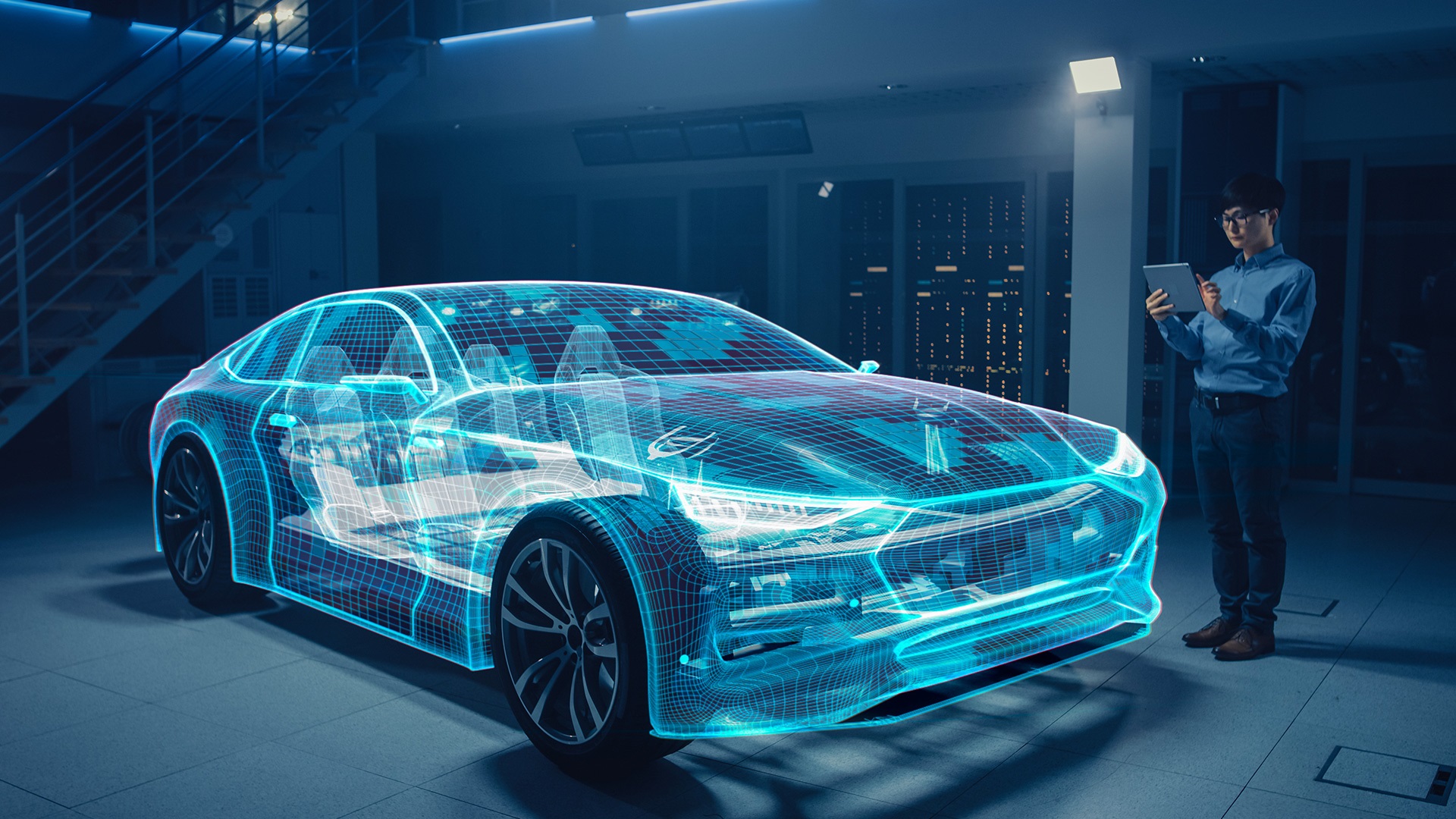Hexaware Strengthens Data Capabilities with Acquisition of Softcrylic Know More
This website uses cookies. By continuing to browse the site, you are agreeing to our use of cookies
Learn Benefits of Implementing IoT in Enterprise Fleet Management
Manufacturing
March 14, 2018
In today’s world everything is getting connected and integrated. From heavy equipment, human beings, factories, automobiles to hospital equipment and bikes, the extent of connectivity has increased dramatically over a span of few years. The technology advancement that has happened in the recent years including sensors, analytics, cloud etc. has helped the world get connected efficiently and effectively in an agile manner. In this pursuit of attaining connectivity, world has undergone a cultural and technological change that is ready to accept things that communicate with each other, things that sense the surroundings and things that predict the future. All this with the help of Internet of Things, the unfathomable, yet inevitable newfound friend of us, humans.
Tracking and tracing of assets has been one of the greatest applications of IoT. From fixed to moving, enterprises can keep track of their assets on a real-time basis. This is achieved through GPS, high sensitivity sensors that keep a track of the equipment health, highly efficient analytical engines that can analyse incoming data from multiple sensors of multiple equipments and predict what is going to happen next, and IoT platforms that provide various services like identity management, security, analytics etc.
Fleet management has always been a painful, time consuming and cost centric endeavour for any enterprise. From knowing the current location, equipment health, fuel consumption, to the driver that is currently tagged to a specific fleet, every data is critical in the effective management of fleets. A typical fleet management solution would consist of an application that can keep a data repository of fleets, drivers, locations etc., IoT service that would include sensors that can monitor temperature, oil level, fuel level, tyre pressure, GPS tracking mechanism etc., and mobility services with route options, real -time alerts, weather predictions etc. With the use of IoT services, fleet management can be an efficient, cost effective and a seamless process for any enterprise.
We at Hexaware have developed a state of the art solution to address the fleet management needs of our enterprise clients. The solution is developed on our “Web of Things”- IoT platform, with numerous sensor integrations and mobility services that help clients to track their fleets better, monitor the working condition of fleets, and to provide preventive/ predictive maintenance for their fleets.
Hexaware to bring economy and efficiency in fleet operations:
When one of the world’s leading workplace services company wanted to execute a proof of concept replacing a fleet system that was disparate across a couple of legacy applications, Hexaware was rightly equipped to grab the opportunity.
Having successfully executed a similar proof of concept earlier for an equipment leasing company, we had all the pieces of a fleet solution in place.
The workplace services company had a legacy fleet solution that was a ready-made product that didn’t adapt to the requirements of this enterprise and so had a lot of other small applications to be developed around fleet. Driver identification, Route planning, fleet tracking, dash boards, reporting et al were disparate applications.
Hexaware built a comprehensive solution integrating the following features into the core of the solution:
- Driver identification using fobs
- Route planning & optimization
- Real time reporting of jobs as soon as they were completed
- Driver alerts for sudden acceleration, harsh braking, over speeding
- Tracking, Tracing & Geo fence violations
- Automated daily trip sheets
- Predictive & Preventive maintenance alerts
The solution brought a sense of discipline into the system hitherto not possible, due to an integrated system bringing in a tight vigil over compliance violations. It also brought in an element of safety because drivers were alerted real time on deviating from good driving habits. Customer satisfaction scores went up due to a strict adherence to the daily planned jobs with the system identifying any deviations immediately and providing customer alerts accordingly. One of the major cost savings was from idle time reduction, as the idling characteristics of each route, trip and driver were analysed in detail and appropriate feedback provided.


















